Upgrades to Bessie the Brompton
Getting a Brompton brought me into whole new level of cycling. When I first got Bessie (the Brompton), the first thing I noticed was how little bike there was compared to how fast it could pick up speed. It was the next best thing to having a personal jetpack.
You see less of the bike in the cockpit. You feel less of the bike because a Brompton’s center of mass is lower, and you accelerate much much faster owing to the interplay between its smaller wheel size (16" x 3/8") and a higher gear ratio.
That nimble character lent gave me the feeling that I’d just relearned how to cycle again.
As time goes by, the ride becomes more familiar and the rider more knowledgeable about some of the variables of the experience. Upgrading is a means to introduce new variables to keep the sport or lifestyle interesting and to extend the traits of the bike that matter the most to the rider and the kind of riding done.
Quite some fistfuls of hard earned cash have been sunk into upgrades purely on the bike itself.
| As-is | Upgraded | Cost | Weight saved |
|---|---|---|---|
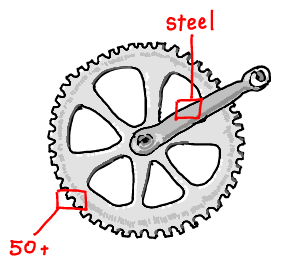 50t chainring on a pre-2013 crankset 50t chainring on a pre-2013 crankset |
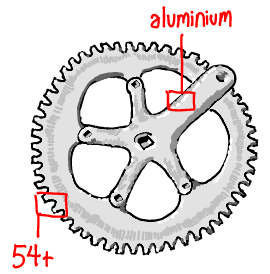 54t chainring on a spider crankset 54t chainring on a spider crankset |
110 GBP | ~320g |
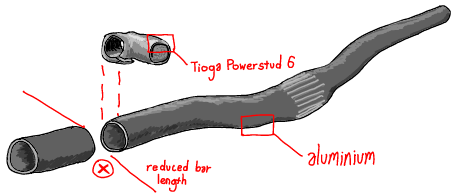 cut down aluminium riser bar cut down aluminium riser bar |
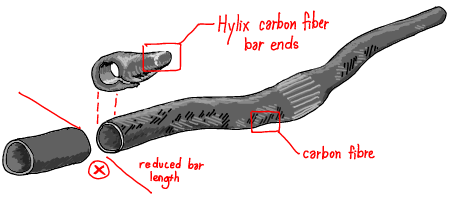 cut down carbon riser bar cut down carbon riser bar |
19 GBP | ~100g |
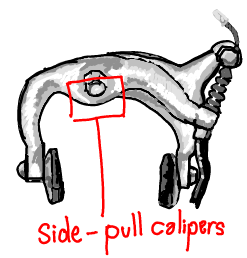 old-style brake caliper old-style brake caliper |
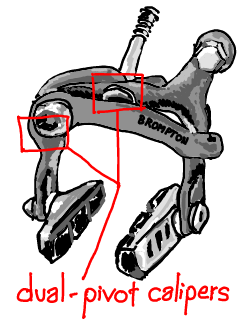 2013 Brompton calipers 2013 Brompton calipers |
30 GBP | ??? |
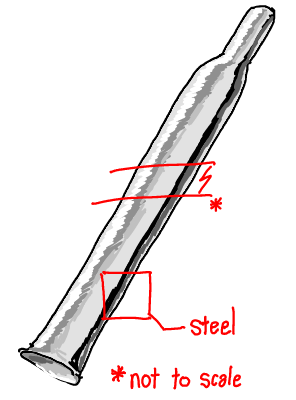 standard steel seat-post standard steel seat-post |
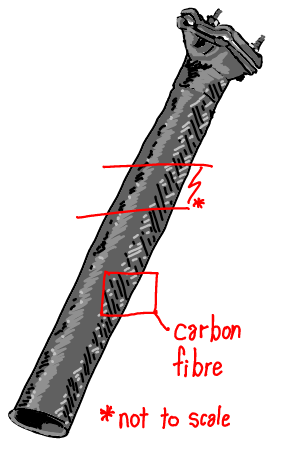 Hylix carbon seat-post Hylix carbon seat-post |
50 GBP | 250g |
 1 x Brompton kevlar front tire 1 x Brompton kevlar front tire1 x Schwalbe Kojak rear tire |
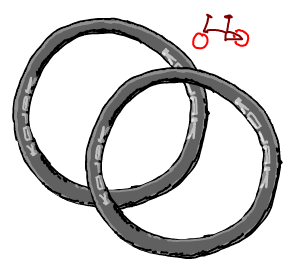 2 x Schwalbe Kojak tires 2 x Schwalbe Kojak tires |
40 GBP | 400g rotational mass |
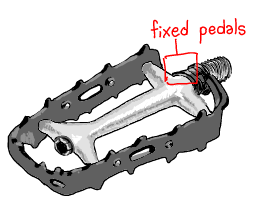 Wellgo M-20 pedals Wellgo M-20 pedals |
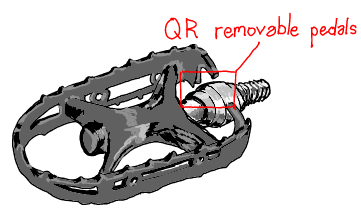 MKS MT-EZY pedals MKS MT-EZY pedals |
34 GBP | -50g |
Upgrades to outerwear
It’s common knowledge that drag force increases as speed increases. The most effective way to negate these effects are to wear clothing that induces the least amount of drag due to wind resistance.